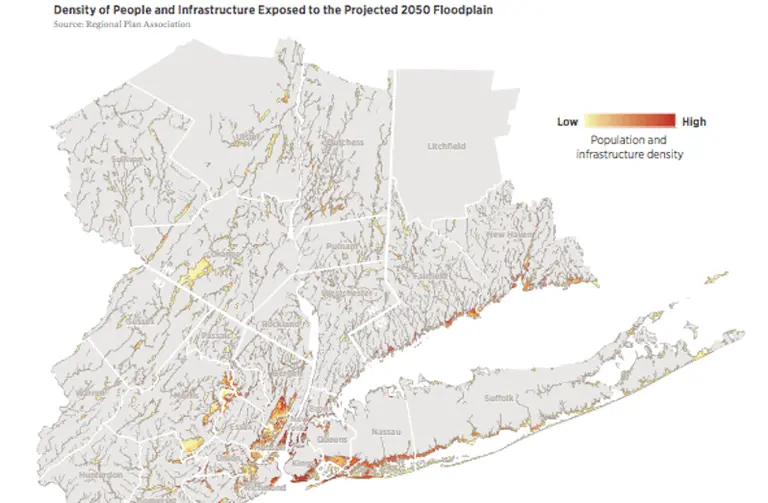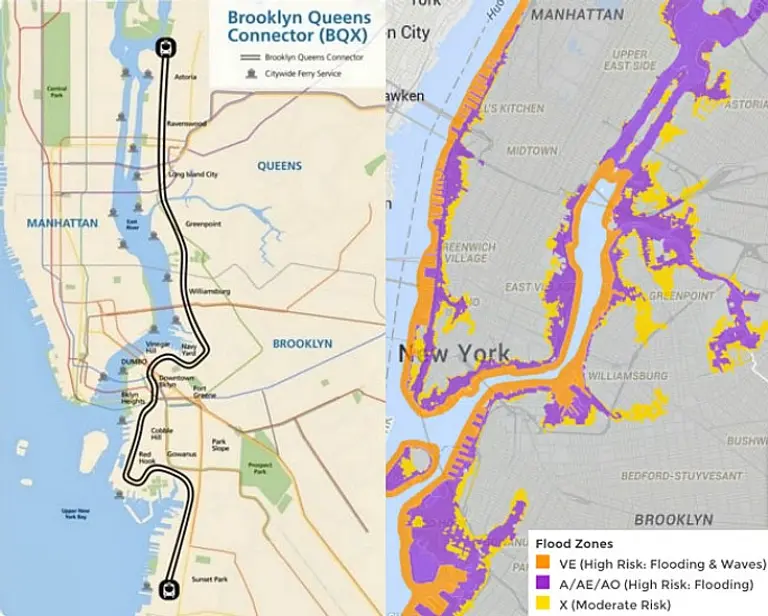October 18, 2017
Hurricane season is impossible to ignore, and as the October 29th anniversary date of Superstorm Sandy approaches, the Regional Plan Association (RPA) has released a report titled "Coastal Adaptation: A Framework for Governance and Funding to Address Climate Change" that warns of the imminent threat of rising sea levels and outlines a strategy to protect the many vulnerable stretches of New York, New Jersey and Connecticut. According to the report, 59 percent of the region's energy capacity, four major airports, 21 percent of public housing units, and 12 percent of hospital beds will be in areas at risk of flooding over the next 30 years. RPA research found that even in light of these projections, the region’s climate change planning tends to be reactive and local rather than pro-active and regional–and it's not nearly enough.
Find out more about who's at risk and what can be done


